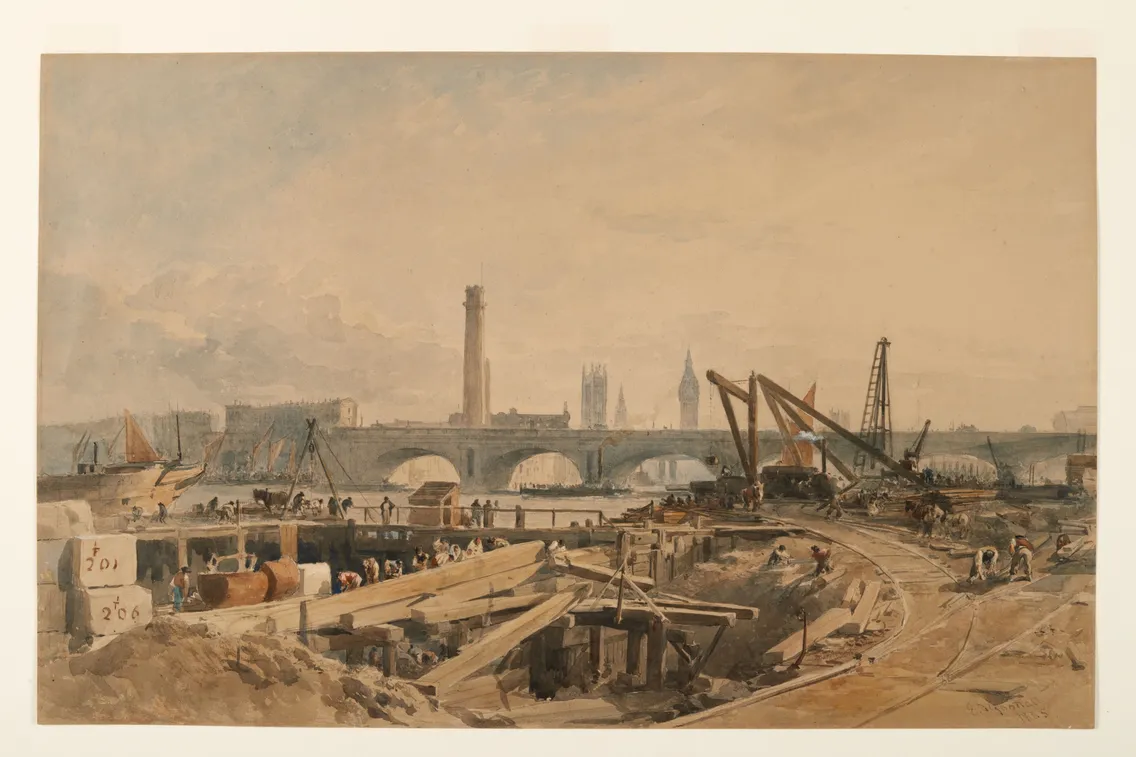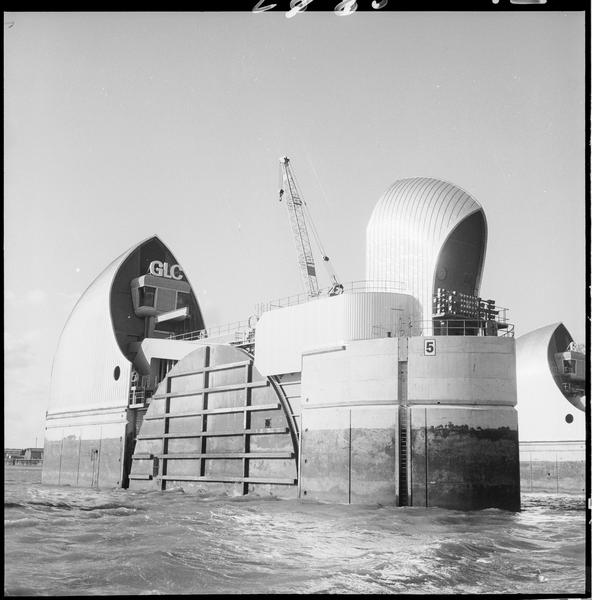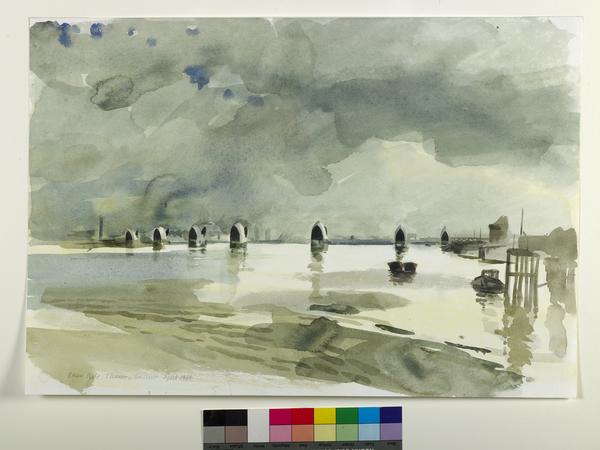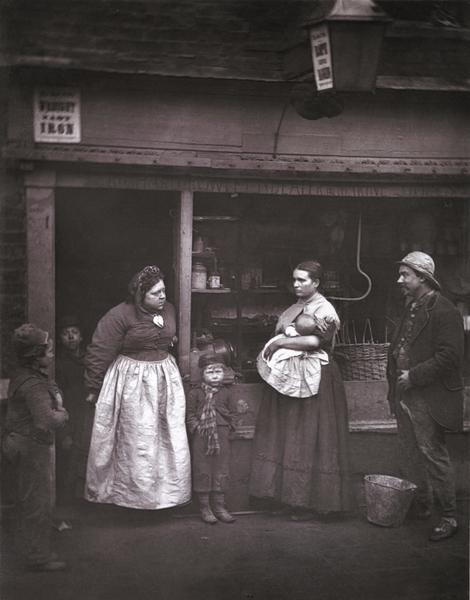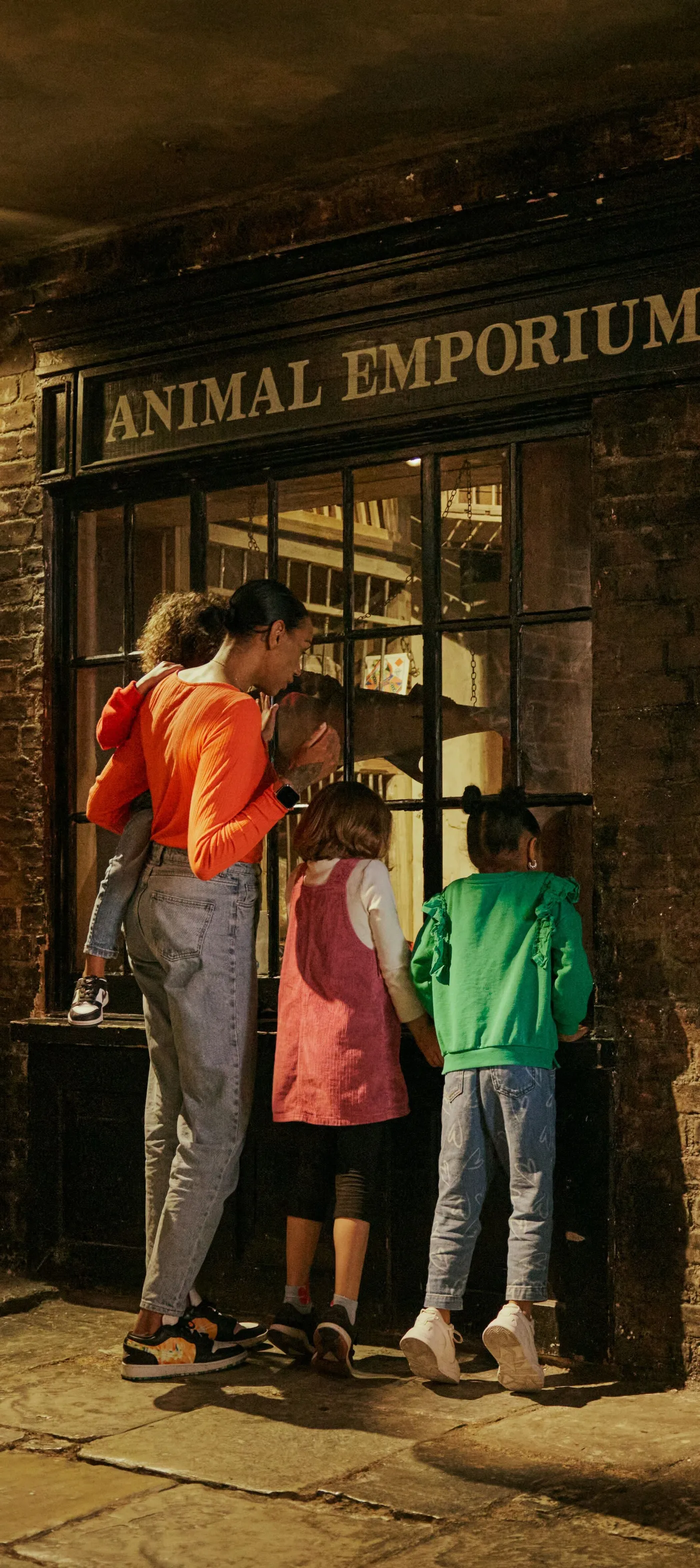Flooded London
Until the Thames Barrier came into use in 1983, major flooding was a regular problem for Londoners. Records of deadly floods go back centuries.
River Thames
Since 1099
The raging river
London has relied on the River Thames. But up until the late 20th century, it regularly flooded, wrecking homes and businesses, and often killing Londoners. In 1928, a major Thames flood killed 14 people.
Records stretching back nearly 1,000 years describe how Londoners built and rebuilt embankments to try and contain the river.
Since its first use in 1983, the enormous Thames Barrier has seemed to offer a long-term solution. But climate change means London has to think again about the threat of the Thames flooding.
How does the River Thames flood?
Heavy rain or melting snow can cause any river to flood. This is known as fluvial flooding.
The Thames is also affected by the tide. Downriver of Teddington Lock in Richmond, the Thames rises and falls each day. The regular churn is good for mudlarks, who search the foreshore for historical objects revealed by the tide.
Some riverside paths, roads and even pubs in south-west London are still flooded by the rising tide several times a month. It’s a relatively predictable part of local life.
But extreme tides are a real threat. Storms in the North Sea can force a torrent of water inland. When that’s combined with a high tide, there’s been major flooding.
Without defences, a tidal surge could inundate large parts of east, south, south-east and south-west London – including the Tower of London, the Houses of Parliament, 35 London underground stations and half a million homes. The City of London, where the Romans started their settlement on high ground, would remain mostly dry.
“the sea-flood sprung up to such a height, and did so much harm, as no man remembered that it ever did before”
Anglo-Saxon Chronicle, 1099
A long history of London floods
The Anglo-Saxon Chronicle is one of the key historical records from the early medieval period. In its entry for 1099, it describes how “on the festival of St. Martin, the sea-flood sprung up to such a height, and did so much harm, as no man remembered that it ever did before.” We know this storm surge caused flooding in northern Europe, and it’s possible that it reached London.
The following centuries are full of incidents of flooding. Westminster, once an island, was a common victim. Westminster Hall, part of the Palace of Westminster, flooded in 1237, 1242 and 1515. In 1579, when the waters receded, fish were reportedly left on the hall floor.
When London Bridge was first built in stone instead of timber around 1208, it was likely because of damage caused by flooding.
In Stepney in 1323, a series of floods began on New Year’s Eve. Describing it in the 1600s, the historian William Dugdale wrote that “a mighty flood, proceeding from the tempestuousness of the sea… overflowed all the bank.”
After a flood in 1448, people living on the Isle of Dogs had to leave the marshland they’d reclaimed for living and farming.
Skip forward a few hundred years, and in 1663, the famous diarist Samuel Pepys described “the greatest tide that ever was remembered in England to have been in this river, all Whitehall having been drowned.”
A fear of flooding
Given this history, flooding was a realistic fear for Londoners.
In the early 1500s, dozens of astrologers agreed that London, and most of Europe, would flood on 1 February 1524. Many Londoners evacuated to the highpoints around the city.
But when the day came, the Thames rose and fell as normal. The astrologers claimed there’d been an error in the calculations.
London’s other rivers
London’s other rivers, which flow into the Thames, also have a history of flooding.
After heavy rainfall in 1818, the River Effra in south London flooded so badly across Brixton Road that it “had the appearance of a large lake”, according to the papers. A pub landlord drowned, and his body was found with “many severe bruises… from being dashed about in the current”.
The Victorian embankments
The 1800s witnessed the most ambitious changes to the River Thames yet, as a series of tall stone embankments were built in central London.
These contained and narrowed the river, reclaiming land for roads, paths, parks and buildings. The embankments housed modern sewers and even an underground rail line. Some of London’s other rivers were sent underground as part of Joseph Bazalgette’s wider sewer project.
However, flooding continued. A photo in our collection from 1877 shows people affected by flooding in Lambeth, eight years after the Albert Embankment was opened.
The 1928 flood
London’s worst modern flood came in 1928, killing 14 people and damaging 2,000 homes. Residents living in poor areas of Southwark and west of Lambeth Bridge were drowned as water poured into their basement flats.
A white Christmas in 1927 was partly to blame. As the new year approached, the rivers rose as the snow melted and rain came down hard. This combination was made worse by high winds and the highest tide in the Thames for 50 years. The river reportedly broke its banks from Woolwich to Richmond.
“The scale of the disaster forced a rethink of London’s flood defences”
Why was the Thames Barrier built?
In 1953, a monster storm surge hit the east of England, killing 307 people. Nobody died in London, but the water rose by nearly three metres, flooding areas around the Docklands like Plumstead, Canning Town and West Ham.
The scale of the disaster forced a rethink of London’s flood defences.
With sea levels rising, and the south-east of England sinking, a major piece of infrastructure was needed. The Thames Barrier was the result, and it’s been in use since 1983.
The Thames Barrier
This giant 520 metre-long structure crosses the river at Silvertown, in east London. It’s made up of 10 steel gates, which can be raised to the height of a five-storey building whenever a flood is predicted.
In its first 40 years, it closed over 200 times to protect against flooding.
The barrier can hold back tidal swells coming in from the sea.
It can also protect against fluvial flooding. If the barrier is closed at low tide, the river on the western side won’t fill up as it usually does when the tide rises. That extra capacity can hold the heavy rain coming downstream that might otherwise cause flooding.
Could the Thames flood again?
Climate change is causing rising sea levels and more extreme weather. Further defences – higher walls or more barriers – will be needed in the future.
Flooding still hasn’t stopped entirely. In 2014, heavy rain caused the Thames to overflow in some parts of London.
Flash flooding – also known as surface flooding – is another threat. This happens when heavy rain falls on a hard surface, like concrete, and has nowhere to drain. Flash floods in 2021 prompted calls for London to become a ‘sponge city’ with more parks, wetlands, ponds and permeable materials to soak up and hold rain in place.



